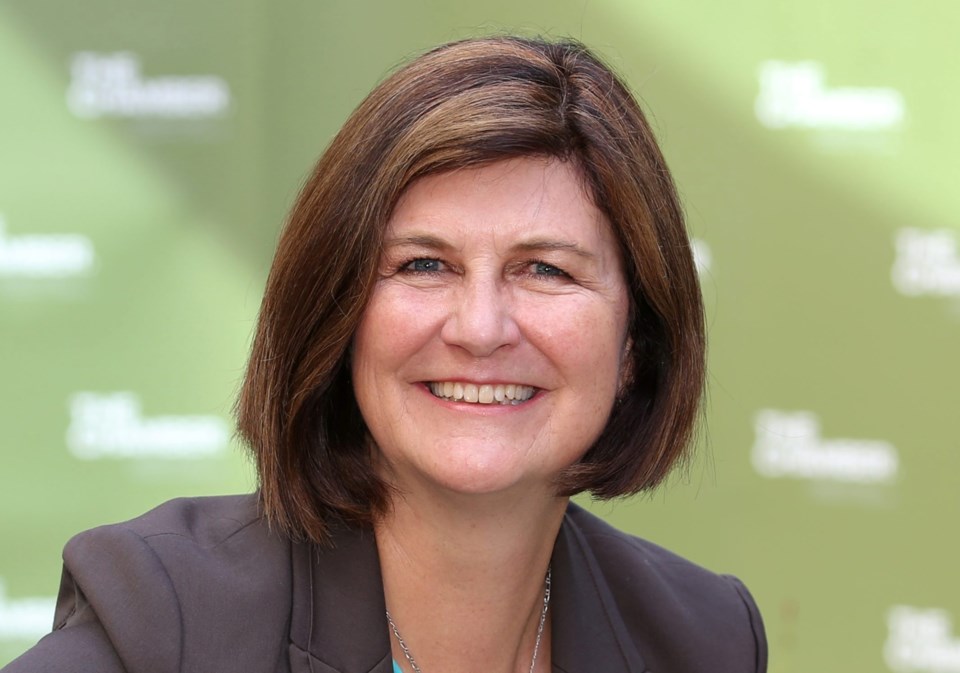Early in my tenure at the Greater Victoria Chamber of Commerce, I had a meeting with a couple of consultants who were doing work on the issue of homelessness for the Capital Regional District. They went through a long wish list from social-services providers looking for more funding and resources for their organizations.
“These service providers want to know what the business community is willing to contribute to the problem of homelessness,” the consultants said, revealing the purpose of their visit to the chamber.
Wow! I have many answers to this question, which I will get to. But I am reminded of this meeting every time someone asks me to speak on behalf of, or represent, the “business community.”
As the region’s chamber of commerce, I get why we’re characterized as a proxy for the business community, but here’s the thing: It’s not real. The idea of a business community brings to mind — my mind anyway — a separate, well-defined group that is absorbed in its own self-interest, often characterized as making money.
The terminology sets up an unhealthy us-versus-them dynamic by suggesting those not in the business community need to defend their interests against, or make their case to, those who are. It’s a simplistic and damaging fiction.
Having spent many years working for government as a consultant and a public servant, I see the concept of a business community as a creation of government, which has a penchant for defining “stakeholder groups” that it can then “consult” on any given issue. Some of the regulars on the stakeholder list are: the business community, high tech, ENGOs (environmental non-governmental organizations), the arts community, rural and remote communities, First Nations, immigrants and refugees, persons living with disabilities, youth, seniors, and my personal favourite, women (but never men — I guess we’re to assume they’re the ones doing the consulting?).
The danger is that it drives people who wear many hats, or no hat, to see themselves as having a viewpoint that’s separate from others. It requires assessing who is in a group and who is out. Who is with them and who is against them. This is fuel for political diatribes, but not good communities.
It’s tough enough trying to speak for the chamber. I know I can’t hope to capture every view held by our enormous range of members.
Yes, the majority are small- to medium-sized private sector companies doing everything from A — making Abeego Inc. food wraps, to Z — running Hotel Zed. But examples of some of the largest and most active members might surprise you: University of Victoria, Camosun College, B.C. Ferries, B.C. Transit, Songhees Nation, CFB Esquimalt, Greater Victoria School District, Victoria Police Department, City of Victoria, District of Saanich, City of Langford, CRD and B.C. Investment.
We also have many not-for-profits such as the Sierra Club, Victoria Foundation, Victoria Native Friendship Centre, Our Place, Mustard Seed, Intercultural Association, United Way, Salvation Army, Pacifica Housing, Greater Victoria Housing Society and Women in Need.
Then there are our members in the arts: Pacific Opera, Art Gallery of Greater Victoria, Victoria Conservancy of Music, Victoria Symphony, Royal and MacPherson Theatre.
Apologies to those I have not mentioned. If I had room, I’d love to list all 1,400 so you could see our diversity.
There’s a reason our mission states that “we work together to build good business and great community.”
Whether for profit, for social outcomes or for public benefit, our members belong to the chamber because they want to run a good business that belongs to, and contributes to, our community. Not a business community. Our community, period.
Christina Clarke, now the CEO of the Songhees Development Corp, and a member of the chamber executive, said it best: “There are business leaders in the community — not a business community.”
But I didn’t say any of that to the consultants.
What I did say is: If you are referring to private-sector business owners specifically, they are not a separate community in any way. They are the community. They create the region’s downtown and its many commercial centres. They employ people, support other businesses and pay taxes that fund budgets for social-service agencies, such as those on your list, and public services. They volunteer, donate, govern, coach, buy tickets and attend events — mostly without complaining.
But sometimes they do want a say about the things that matter to them. Things that are the advocacy priorities of the chamber and that might sound a lot like concerns every citizen has: ensuring we have enough workers to keep our economy healthy, ensuring those workers have an affordable home and access to public transportation and child care to cope with our high cost of living, keeping taxes affordable and regulations fair, caring how safe our streets are for everyone, figuring out how to contribute to climate solutions, and trying to make government more efficient and effective.
So, the chamber tries to speak for them.
But we can never speak for the business community, because, despite what you might have been led to believe, it does not exist.
Catherine Holt is the CEO of the Greater Victoria Chamber of Commerce.



